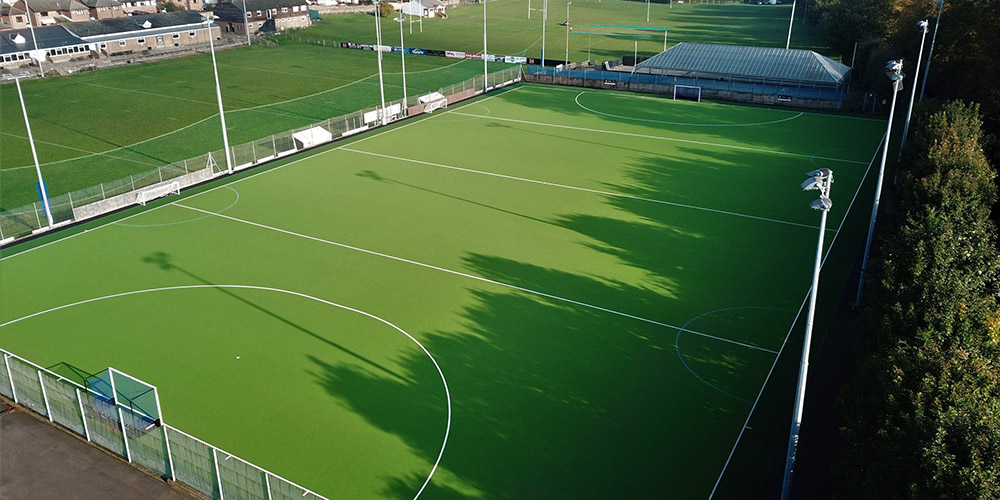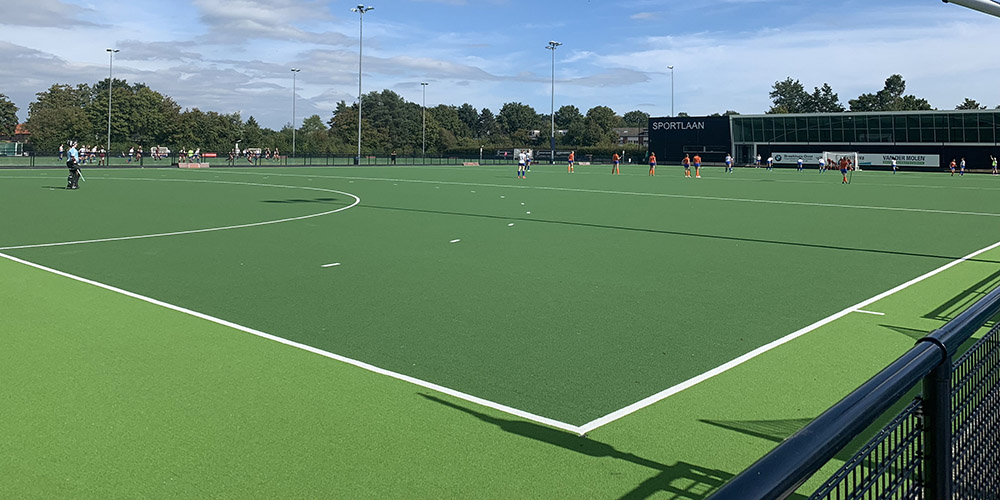People have been playing hockey on the natural grass for many years. But now, with the advancement in the synthetic industry, natural grass has been replaced by artificial turf. Why is it so? It is because artificial hockey turf has far more advantages than natural grass. People want to avoid the hassle of cutting, mowing, and maintaining the grass. And why not? It costs you both time and money. You need to buy a grass mower machine, fertilizers, and other grass-maintaining tools. You may need to employ a gardener to avoid going through the botheration yourself. In contrast, artificial turf cuts the hassle and provides certain benefits. The main advantages of artificial hockey turf are discussed further in the article.
Manufacturing of hockey turf:
Artificial turf for the hockey field is manufactured with nylon, polyethylene, and polypropylene. Polypropylene fibers are preferred over nylon as they are more durable and rigid. But, polyethylene fibers are further prioritized over PP fibers as they are gentler and softer. Turf coated with polyethylene is comfortable for the players. Manufacturing industries also install a cooling system on the turf. It is essential to maintain moisture against the dazzling rays of the sun. Unique UV-reflecting pigments are used in grass blades. It maintains the quality and integrity of the turf and protects it from the sun’s harmful radiation.
What kind of hockey turf can be used?
Manufacturers manufacture hockey turf in different ways. There are three main types of hockey turf:
• Water based hockey pitch-Optimal surface for International competitions
• Sand dressed hockey pitch – Intended for National & local competitions and training
• Sand filled hockey pitch – Used for Community and education sector competitions and training

Benefits of hockey turf:
The following benefits of the hockey turfs are the main reason why it is preferred over natural grass:
Less maintenance:
As we already discussed, artificial hockey turf requires less maintenance. It is why most hockey organizers install synthetic turf in their hockey fields. Artificial turf does not require any aeration, fertilization, and water.
High visibility:
Another significant advantage of artificial turf is that it is available in multiple colors. At first, people only used green turfs. But of course, somebody had to break the convention. In 2012, the hockey Olympics in London changed their green turf into the blue. The reason behind it was that it was easy for the spectators to follow the course of a small hockey ball. They also changed the color of the ball and field borders. It enhanced the clarity of vision and excitement in both players and spectators. Yellow hockey ball with blue artificial turf of white borderlines is set as a standard in international hockey tournaments. But there are no limitations in the choice of color. People in different countries use red and orange colors for their artificial turf.
